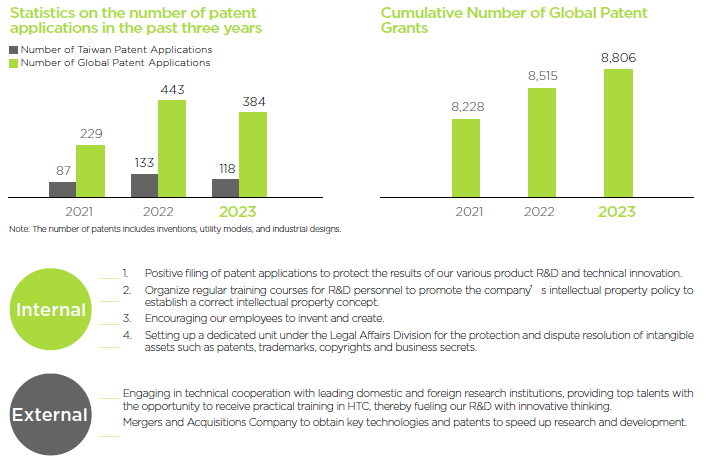Risk Management

HTC manages corporate risk with a focus on sustaining value for the shareholders and stakeholders. Based on the principle of materiality, we conduct risk assessments on environmental, social and corporate governance issues related to company operations, and establish appropriate control mechanisms after careful consideration of all the various operational uncertainties that ensures a rapid response to uncertainty, as well as to any attendant risks and opportunities. Such careful risk management enhances our ability to create value.
|
Main Risk Type
|
Management Strategy
|
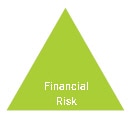
|
In recent years, the Company has mainly utilized its internal capital to satisfy operating capital needs in response to business scale. Therefore, fluctuations in interest rates did not have a significant impact on the company's liabilities. During 2023, the inflation in Taiwan was approximately 2.49%, 4.1% in North American and 5.4% in European markets. Although the inflation rose sharply, overall, it had no significant impact on HTC profits.
|
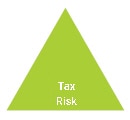
|
Each company in the Group appoints local, sizable accounting firms and provides them with annual financial data for tax declaration.
|
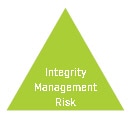
|
HTC conducts risk evaluations annually, including categories of impacts related to ethics. The legal affairs department and key competent departments are responsible for further analyzing data related to anti-corruption and ethics. In recent years, the risk levels authenticated were not high.
|
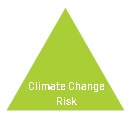
|
In 2023, HTC launched a process for identifying risks and opportunities of climate change, completed risk and opportunity identification, and evaluated the financial impact in accordance with the risk evaluation mechanism recommended by the TCFD. Types of climate risks include transition risks and physical risks which are further distinguished into policies and regulations, technology, market, reputation, as well as those with immediate or long-term impact. After identifying potential risks, HTC establishes appropriate measurement approaches based on different risk types as the basis for risk management.
|
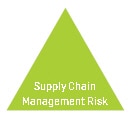
|
HTC has established a Supplier Code of Conduct in alignment with the code of conduct of RBA and the contents of the United Nations Universal Declaration of Human Rights to clearly specify the responsibilities and norms regarding workers, health and safety, and ethics. HTC expects that any suppliers with business contact comply with and practically execute this code.
HTC also regularly evaluates whether suppliers comply and implement this code as the basis for appraisal and selection of business partners.
|
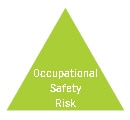
|
HTC has established an automatic health and safety inspection plan in accordance with the Occupational Health and Safety Act and the Regulations Governing Occupational Health and Safety to stress the prevention of occupational accidents. We monitor health and safety issues, eliminate and control risks, and improve unsafe work environments and machinery equipment periodically. Relevant systems for inspection and maintenance of machinery equipment have also been established.
|
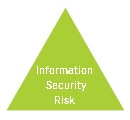
|
HTC has established and promoted various information security management systems in accordance with the information security standards specified in ISO 27001. The company conducts risk evaluations and internal audits annually to ensure the effective implementation of these management systems.
|
Protection of IP Rights
HTC regards R&D and innovation as an essential force needed for the company to remain sustainable and competitive. In particular, the protection of intellectual property rights is a key to maintaining our brand value.
Our company takes proactive measures to defend against the infringement of intellectual property rights. In terms of patents, we actively defend against patent infringements while also acquiring patent licenses from international giants. At the same time, we proactively combat patent infringement to safeguard our company's rights and enhance our competitive advantage. Regarding trademarks, we file trademark registrations and collaborate with customs and law enforcement agencies worldwide to combat counterfeit products. Additionally, our employee hiring contracts clearly stipulate intellectual property ownership and related regulations, while restricting access to internal data to protect trade secrets.
